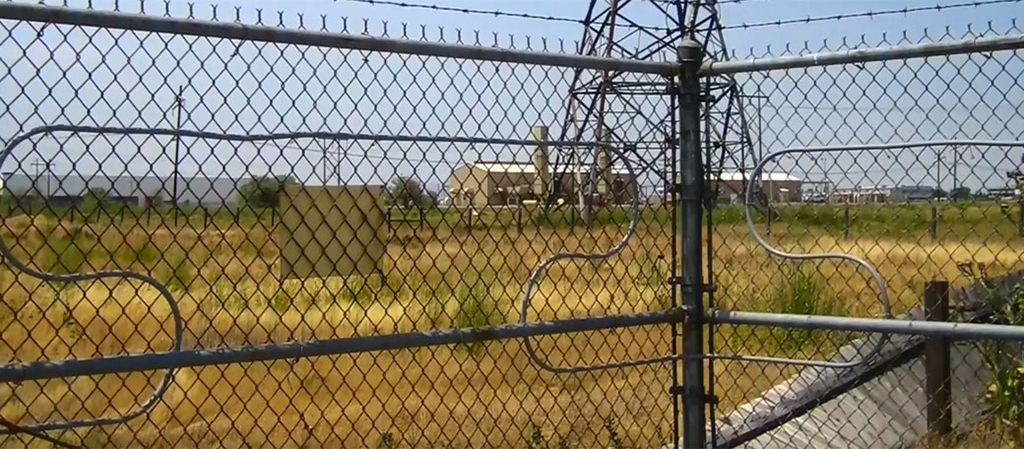Improve Your Security With Advanced Fiber Optic Security Systems
In an era where safety is extremely important, sophisticated fiber optic safety systems provide an engaging solution for improving security across different atmospheres. What implications do these innovations hold for future safety measures?
Advantages of Fiber Optic Safety And Security
Harnessing the advantages of fiber optic modern technology considerably enhances security systems across numerous applications. One of the main advantages is the enhanced data transfer capacity, permitting for the transmission of big quantities of information at high speeds. This is especially essential for real-time video monitoring, where high-resolution feeds can be sent out without latency, ensuring instant reaction capabilities.
Additionally, optical fiber exhibit premium resistance to electromagnetic interference, which is crucial in settings with possible signal interruptions. This dependability makes certain consistent performance in essential security procedures. Fiber optic cable televisions are much less susceptible to touching and unauthorized accessibility contrasted to standard copper circuitry, therefore enhancing information honesty and confidentiality.
An additional remarkable advantage is the toughness of fiber optic systems; they are a lot more immune to ecological elements such as moisture, temperature fluctuations, and destructive compounds. This strength equates to lower upkeep expenses and longer lifespans for safety and security installations.
Finally, the light-weight nature of fiber optic cables helps with much easier setup and routing, especially in intricate infrastructures (fiber optic security system). Eventually, the assimilation of fiber optic innovation into safety and security systems not just boosts protection measures however additionally maximizes operational efficiency
Trick Functions to Consider
When reviewing fiber optic safety and security systems, several essential features have to be thought about to ensure optimal performance and performance. Evaluate the system's detection variety and level of sensitivity; a considerable variety enables for checking huge areas, while high level of sensitivity guarantees that even minor disturbances are detected quickly.
Following, think about the integration capacities of the system. A fiber optic safety and security system should perfectly user interface with existing security procedures such as cameras and alarms, producing a cohesive safety network.
Durability and environmental resistance are also important attributes. Make certain that the system is made to hold up against extreme weather and prospective physical risks, as this will certainly lengthen its operational life expectancy.

Lastly, consider the scalability of the system. A durable fiber optic safety system must be easily expanding to suit future demands without considerable overhauls. By meticulously considering these attributes, you can select a fiber optic protection remedy that enhances safety and protection in your environment.
Installation Refine Overview
To efficiently apply a fiber optic protection system, an organized installation procedure is necessary. This procedure begins with a thorough site assessment to determine the details safety needs and to determine optimum places for fiber optic wires and safety tools. Following this assessment, the setup team will develop a comprehensive strategy, including cord paths, required devices, and compliance with neighborhood guidelines.
Following, the setup involves laying the fiber optic wires, guaranteeing they are protected from ecological variables and physical damages. Appropriate handling methods are vital, as fiber optic cords are delicate and can be conveniently harmed. After the cabling is mounted, ports and discontinuations are diligently finished to make certain signal stability.
The subsequent phase includes mounting safety tools such as electronic cameras, activity detectors, and alarm systems, all integrated with the check these guys out fiber optic network. Strenuous testing is performed to verify that all elements are functioning correctly and to make sure optimal performance.

Contrasting Fiber Optic to Standard Systems
The development of safety and security modern technology has resulted in considerable innovations in the contrast between fiber optic systems and typical copper-based systems. Fiber optic systems make use of light to transfer information, providing premium data transfer and speed compared to their copper counterparts. This results in enhanced information transmission capacities, making optical fiber optimal for high-resolution video security and real-time monitoring.
In addition, fiber optic cable televisions are immune to electro-magnetic interference, reducing the possibility of signal deterioration triggered by outside elements. This characteristic ensures consistent performance, even in difficult settings. In contrast, standard copper systems are extra vulnerable to interference, causing potential vulnerabilities in safety and security applications.
Sturdiness is one more advantage of fiber optic systems. They are much less prone to harm from environmental variables such as dampness and temperature changes, which can endanger copper electrical wiring. Furthermore, optical fiber are lighter and thinner, enabling less complicated installment and reduced physical impact.
Nevertheless, traditional systems have a tendency to have basics reduced initial expenses, making them eye-catching for budget-conscious projects. While fiber optic systems may require a greater upfront financial investment, their lasting advantages-- such as reduced maintenance costs and better reliability-- typically surpass the first expense, positioning them as a premium choice for contemporary safety requirements.
Future Trends in Protection Modern Technology
Emerging trends in security technology are poised to change the landscape of surveillance and threat detection - fiber optic security system. As companies increasingly deal with sophisticated risks, innovations such as fabricated knowledge (AI) and artificial intelligence (ML) are coming to be indispensable to safety systems. These technologies enhance the capacity of fiber optic systems by enabling real-time data evaluation, recognizing anomalies, and automating responses to prospective violations
Additionally, the integration of the Internet of Things (IoT) is revolutionizing safety structures. IoT gadgets can give thorough situational understanding and help with smooth communication in between various safety components. This interconnectedness enables more reliable surveillance and faster incident feedback times.
Biometric verification is also getting momentum, supplying a higher degree of safety through one-of-a-kind physical characteristics. As this modern technology advances, it is most likely to be incorporated into fiber optic systems for improved accessibility control.
Conclusion
Finally, progressed fiber optic safety and security systems represent a significant development in safety and security and monitoring innovation. Their exceptional go bandwidth, resistance to interference, and durability promote trusted tracking and data stability. As these systems integrate AI and IoT capacities, they improve the general safety structure, guaranteeing robust defense for possessions. The change from standard systems to fiber optic options mirrors a growing fad in the direction of more effective and effective safety steps in an increasingly complicated technological landscape.
 Jaleel White Then & Now!
Jaleel White Then & Now! Alana "Honey Boo Boo" Thompson Then & Now!
Alana "Honey Boo Boo" Thompson Then & Now! Andrea Barber Then & Now!
Andrea Barber Then & Now! Lynda Carter Then & Now!
Lynda Carter Then & Now! Tonya Harding Then & Now!
Tonya Harding Then & Now!